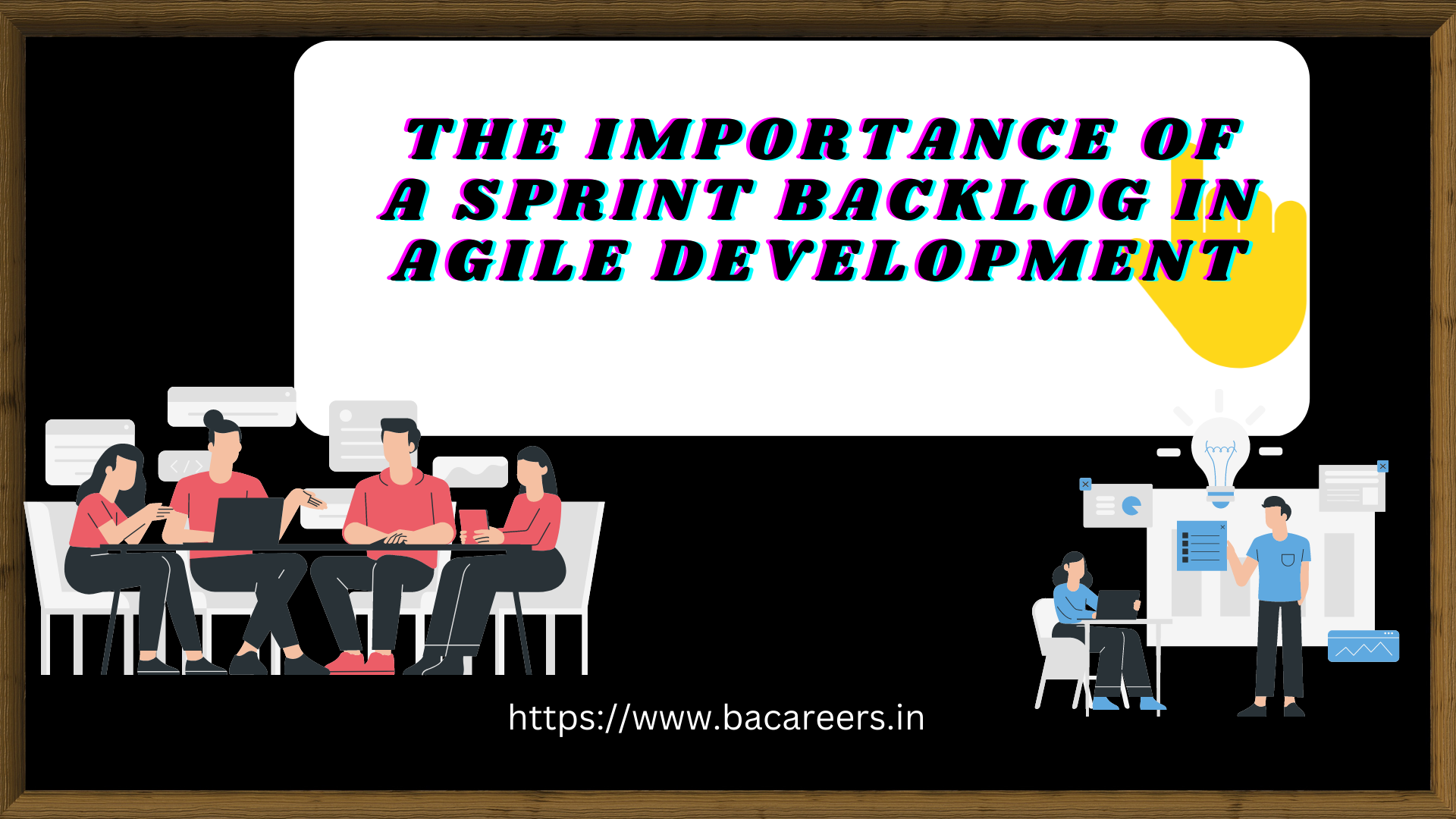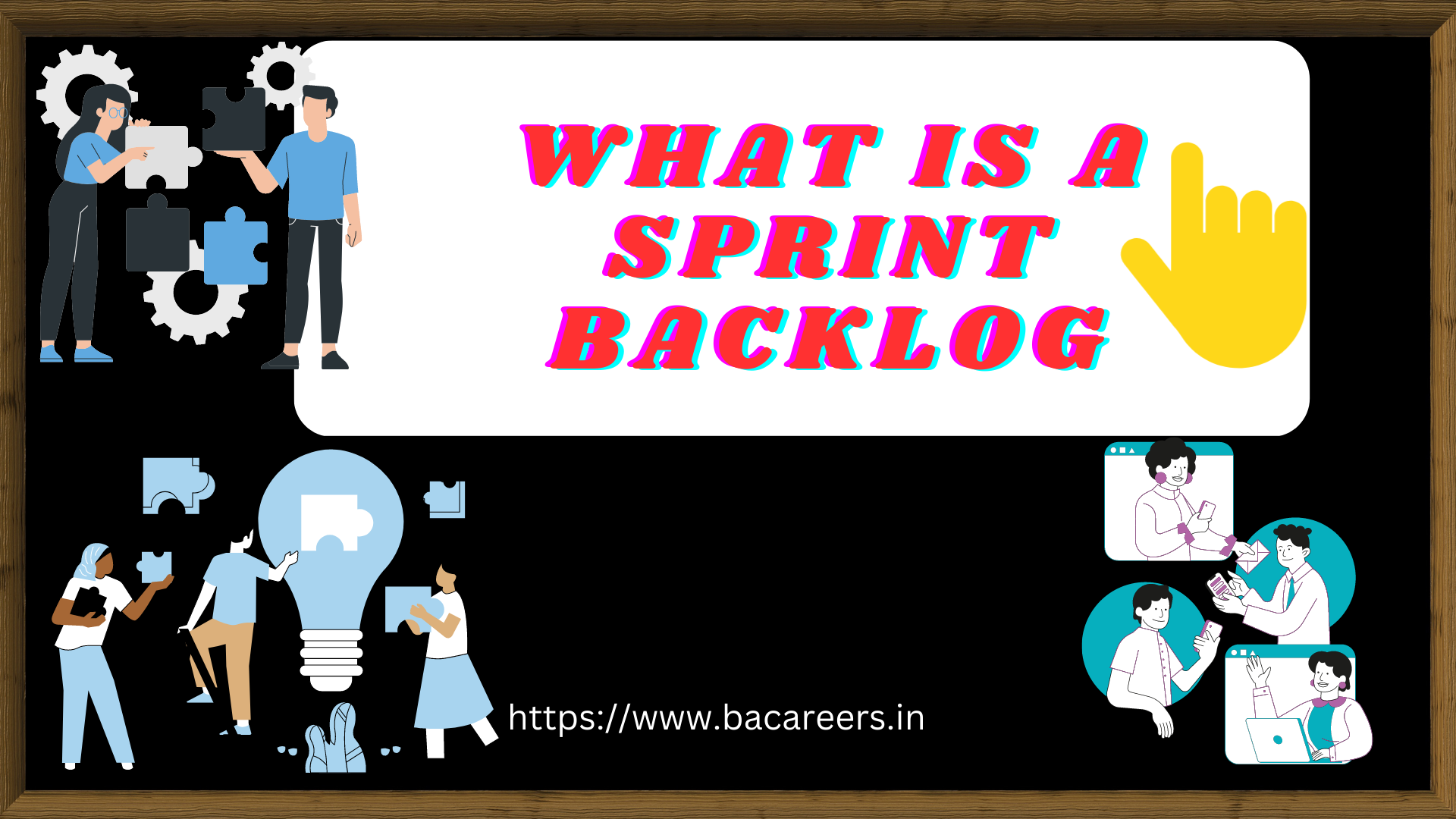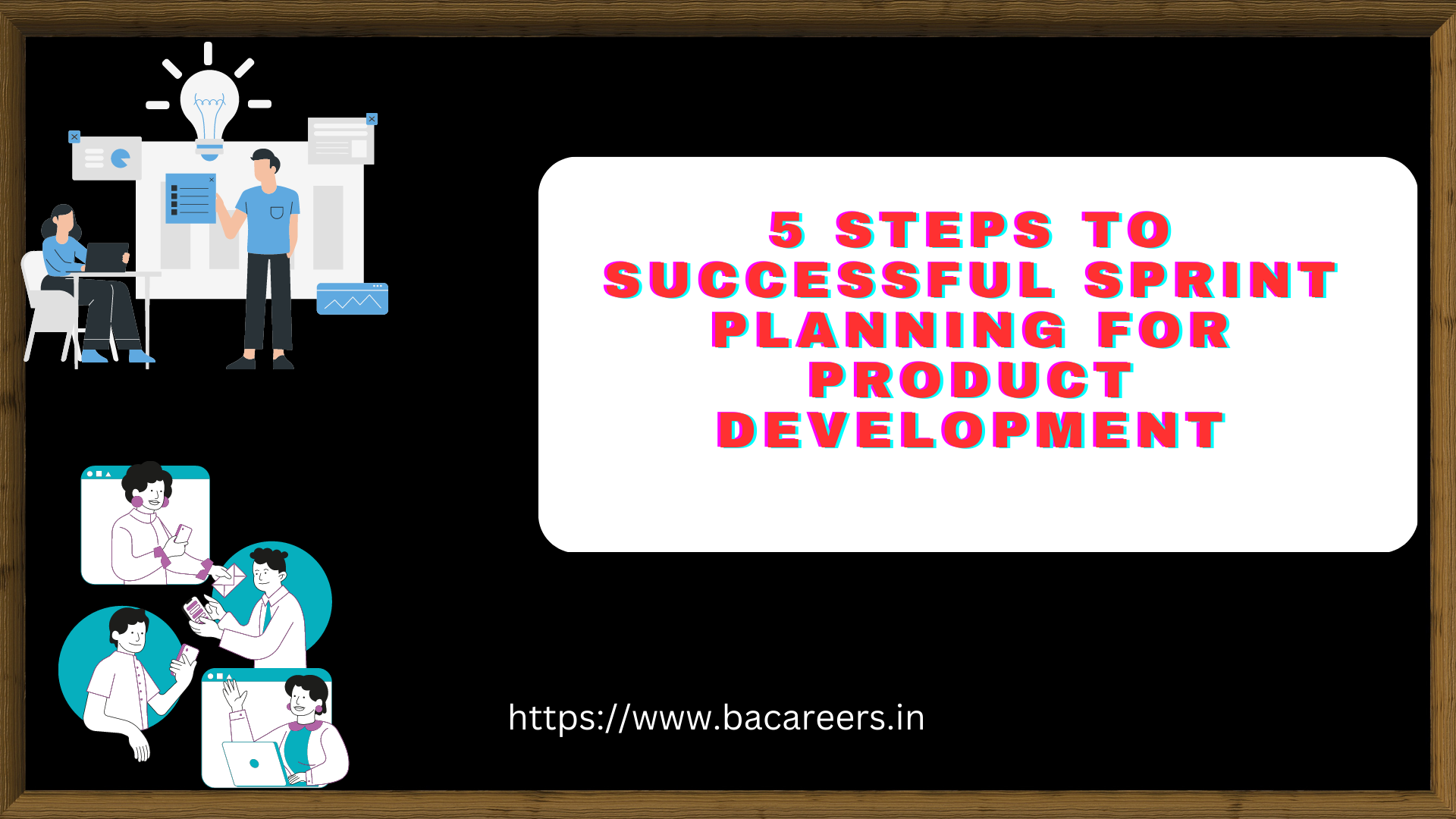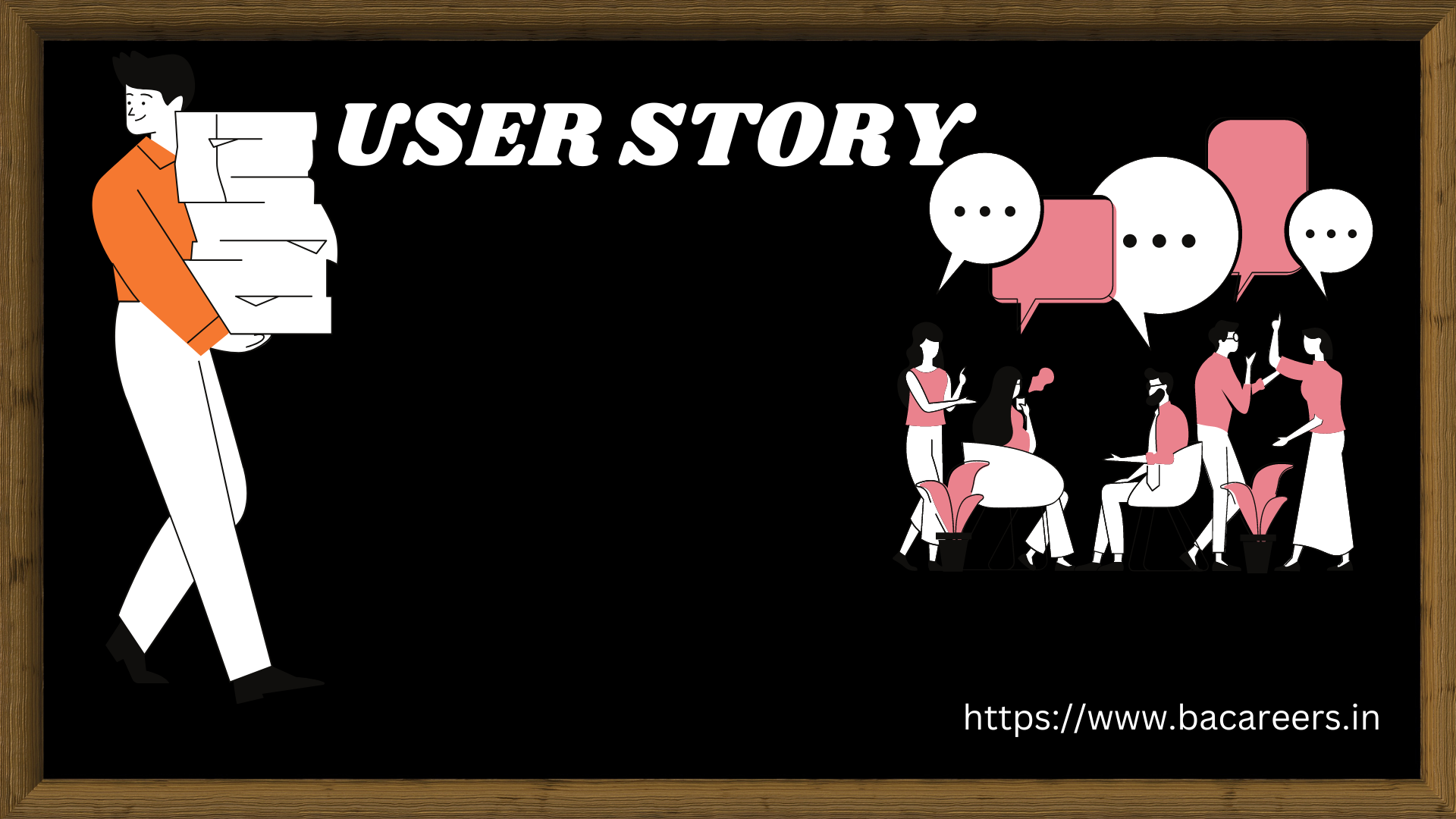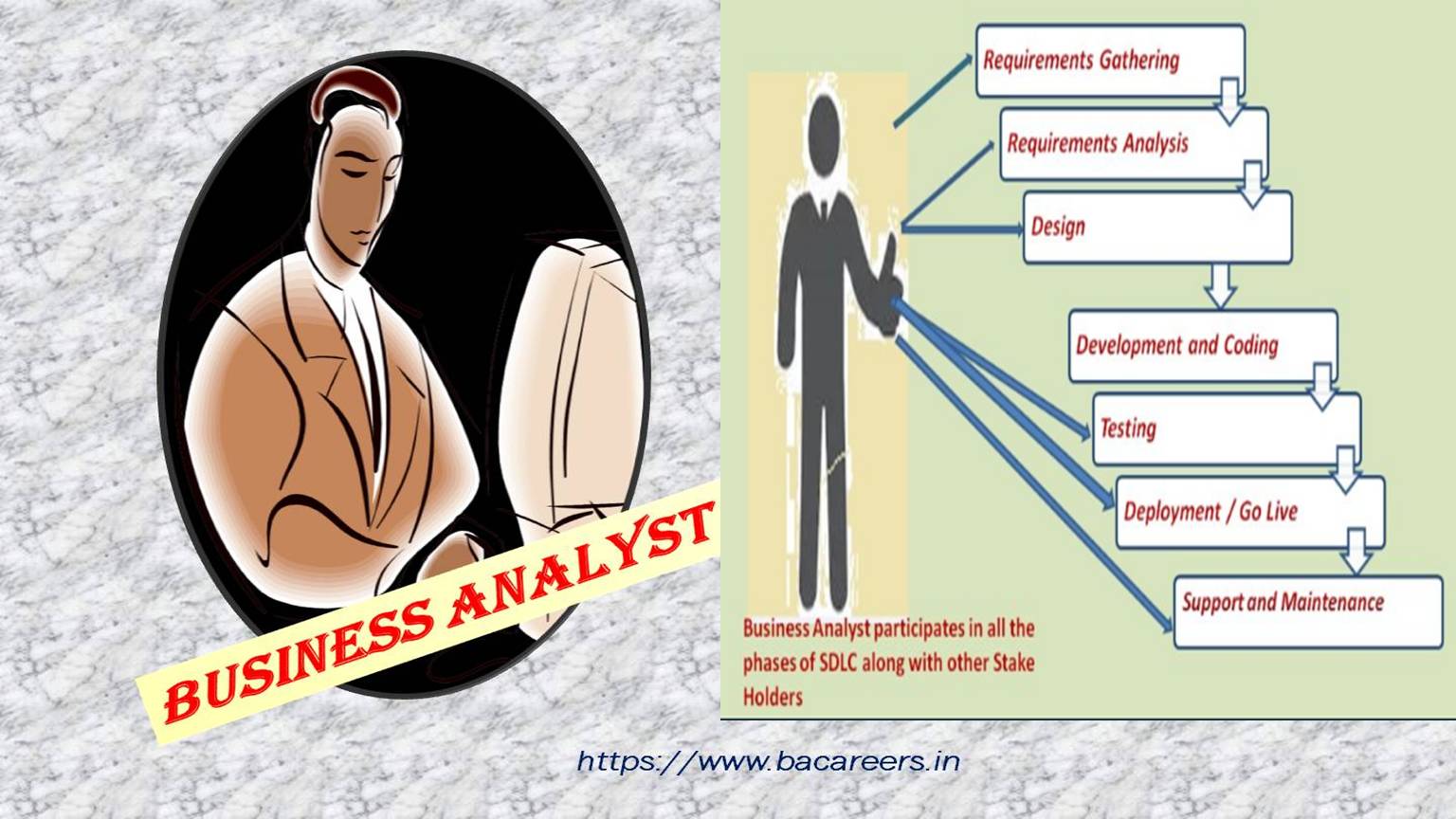The Ultimate Guide to Becoming a Successful Project Manager
Project management is a complex and challenging field that requires a unique set of skills and expertise. As a project manager, you are responsible for ensuring that projects are completed on time, within budget, and to the satisfaction of all stakeholders. But what does it take to become a successful project manager? In this ultimate guide, we will explore the key skills, strategies, and best practices that can help you excel in your role. Whether you are just starting out in your career or looking to take your skills to the next level, this guide will provide you with everything you need to know to become a top-performing project manager. From mastering project planning and communication to building strong relationships with stakeholders and team members, we will cover all aspects of project management and help you achieve success in this rewarding and dynamic field. So, let’s get started on your path to becoming a successful project manager!
Skills needed to become a successful project manager
Project management is a multifaceted field that requires various skills to excel. One of the essential skills every project manager should possess is excellent communication skills. It is crucial to communicate effectively with stakeholders, team members, and vendors to ensure that everyone is on the same page. Project managers must also be excellent problem solvers, decision-makers, and critical thinkers. They should be able to identify potential problems before they arise and develop strategies to solve them.
Another critical skill for project managers is time management. Project managers must be able to prioritize tasks and manage their time efficiently to ensure that projects are completed on time. They should also be proficient in resource management, including managing budgets, personnel, and other resources. Finally, project managers must be adaptable and able to manage change. They should be able to adjust their plans as the project progresses and make necessary changes to ensure that the project is successful.
The role of a project manager
The role of a project manager is to oversee the planning, execution, and closing of a project. Project managers are responsible for ensuring that the project is completed within the specified timeframe, budget, and quality requirements. They must manage the project team, assign tasks, and monitor progress to ensure that everyone is working towards the project’s objectives.
Project managers must also manage project risks, identifying potential risks and developing strategies to mitigate them. They must communicate with stakeholders and keep them informed about the project’s progress, risks, and changes. Finally, project managers must close out the project, ensuring that all deliverables are completed, and the project is signed off by stakeholders.
Steps to becoming a project manager
Becoming a project manager requires dedication, hard work, and a commitment to learning. Here are some steps you can take to become a project manager:
1. Gain experience: To become a project manager, you must first gain experience working on projects. Look for opportunities to work on projects within your current role or volunteer for projects in your community.
2. Develop your skills: Project management requires a unique set of skills, including communication, time management, resource management, and problem-solving. Look for opportunities to develop and improve your skills, such as taking courses, attending workshops, and reading books.
3. Get certified: There are various project management certifications available, such as the Project Management Professional (PMP) certification. Getting certified can help you stand out from the competition and demonstrate your commitment to the field.
4. Network: Networking is an essential part of any career, and project management is no exception. Attend industry events, join professional organizations, and connect with other project managers to expand your network.
Project management methodologies
Project management methodologies are frameworks that guide the project management process. There are various project management methodologies available, including Agile, Waterfall, and Scrum. Each methodology has its unique approach to managing projects and is suited for different types of projects.
Agile is a popular methodology that emphasizes flexibility and adaptability. It is ideal for projects that require flexibility and frequent changes. Waterfall is a more traditional methodology that follows a sequential process, with each phase completed before moving onto the next. Scrum is a methodology that emphasizes collaboration and teamwork and is ideal for software development projects.
Essential tools for project management
Project managers rely on various tools to manage projects effectively. Some of the essential tools for project management include:
1. Project management software: Project management software, such as Asana, Trello, and Jira, can help project managers organize tasks, assign responsibilities, and track progress.
2. Communication tools: Communication tools, such as Slack and Microsoft Teams, can help project managers communicate with team members, stakeholders, and vendors.
3. Time tracking tools: Time tracking tools, such as Harvest and Toggl, can help project managers track the time spent on tasks and manage project budgets.
4. Financial management tools: Financial management tools, such as QuickBooks, can help project managers manage project finances, including budgets, expenses, and invoicing.
Tips for effective project management
Effective project management requires a combination of skills, strategies, and best practices. Here are some tips for effective project management:
1. Set clear objectives: Clearly define the project objectives and communicate them to stakeholders and team members.
2. Develop a project plan: Develop a detailed project plan, including timelines, budgets, and resource allocation.
3. Communicate effectively: Communication is essential for effective project management. Keep stakeholders and team members informed about the project’s progress, risks, and changes.
4. Manage risks: Identify potential risks and develop strategies to mitigate them.
5. Monitor progress: Regularly monitor progress and adjust plans as necessary to ensure that the project stays on track.
Managing project stakeholders
Managing project stakeholders is an essential part of project management. Stakeholders are individuals or groups who have an interest in the project’s outcome, such as customers, shareholders, and employees. It is crucial to identify stakeholders early in the project and understand their needs and expectations.
Effective stakeholder management involves communication, relationship-building, and conflict resolution. Project managers must communicate regularly with stakeholders and keep them informed about the project’s progress, risks, and changes. They must build strong relationships with stakeholders and address any conflicts that arise.
Common project management mistakes to avoid
Project management is a challenging field, and even experienced project managers make mistakes. Here are some common project management mistakes to avoid:
1. Poor communication: Poor communication can lead to misunderstandings, delays, and mistakes. It is essential to communicate effectively with stakeholders and team members.
2. Lack of planning: Failing to plan can lead to missed deadlines, overspending, and poor quality deliverables. It is crucial to develop a detailed project plan and stick to it.
3. Overreliance on technology: Technology can be a useful tool for project management, but it should not replace human interaction and communication.
4. Ignoring risks: Failing to identify and manage project risks can lead to project failure. It is essential to identify potential risks and develop strategies to mitigate them.
Continuing education and professional development opportunities for project managers
Project management is a dynamic and evolving field, and it is essential to stay up-to-date with the latest trends and best practices. There are various continuing education and professional development opportunities available for project managers, such as:
1. Professional organizations: Joining a professional organization, such as the Project Management Institute (PMI), can provide access to networking opportunities, training, and certifications.
2. Conferences and workshops: Attending conferences and workshops can provide opportunities to learn about the latest trends and best practices in project management.
3. Online courses: Online courses, such as those offered by Udemy and Coursera, can provide access to training on specific project management topics.
Conclusion
In conclusion, becoming a successful project manager requires a unique set of skills, expertise, and dedication. From mastering essential skills such as communication and time management to developing a project plan and managing stakeholders, there are various strategies and best practices that can help you excel in your role. By staying up-to-date with the latest trends and best practices, continuing your education, and committing to lifelong learning, you can become a top-performing project manager and achieve success in this rewarding and dynamic field.
Expert Tips for Effective Remote Project Management

Business Analyst , Functional Consultant, Provide Training on Business Analysis and SDLC Methodologies.



